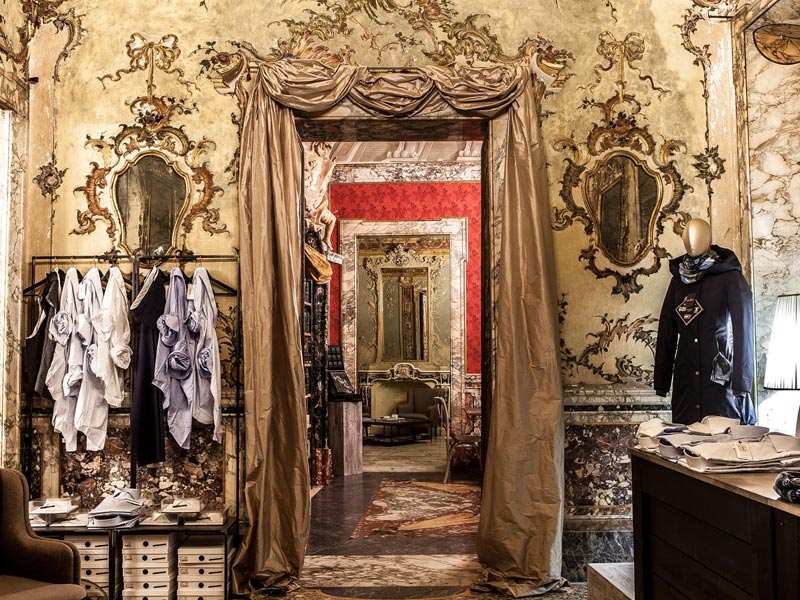 Palazzo cucchiari
Palazzo cucchiari Museo di San Francesco
Museo di San Francesco Museo del Marmo
Museo del Marmo B&B Alberica10
B&B Alberica10 B&B Mariposa
B&B Mariposa Hotel Michelangelo
Hotel Michelangelo B&B La Bottega d'Arte
B&B La Bottega d'Arte Hotel Excelsior
Hotel Excelsior Villa Belverde Luxury B&B
Villa Belverde Luxury B&B Ristorante Roma
Ristorante Roma Osteria La Capinera
Osteria La Capinera Enoteca Velia
Enoteca Velia Il Rebacco
Il Rebacco La Tavernetta
La Tavernetta La Piazza
La Piazza Petite Cuisine S.R.L.
Petite Cuisine S.R.L.
The marble of Carrara is one of the most precious marbles of the world. It has become immortal thanks to the work of Canova, Bernini and Michelangelo.

It was built during the Lombard age and it is now the seat of the Accademia di Belle Arti (Fine Arts Academy).

The Baroque rooms dating back to the end of the 18th century represent the golden age of the city in the best way.

Once known as Piazza d’Armi and garden of the Prince, it is now famous for its Floating Ball by the American artist Kenneth Davis.

Dedicated to St Andrew, the cathedral was mentioned for the first time in a notary deed of 1035. It was built in marble completely and the inside structure with three naves and upper part of the façade, with the exquisite loggias and the majestic wheel, are worth-noticing.

On 7th July 1944, the uprising of the women of Carrara against the occupying German troops started from this square. A wall painting celebrates the partisan woman Francesca Rolla (1915-2010).

It is the most representative square of the city and it is named after Alberico I Cybo-Malaspina, who wanted it in the 17th century, close to the walls of the city. The square is surrounded by elegant buildings of illustrious and old noble families of Carrara.

An historical palace designed at the end of the 19th century by the engineer-architect Leandro Caselli.